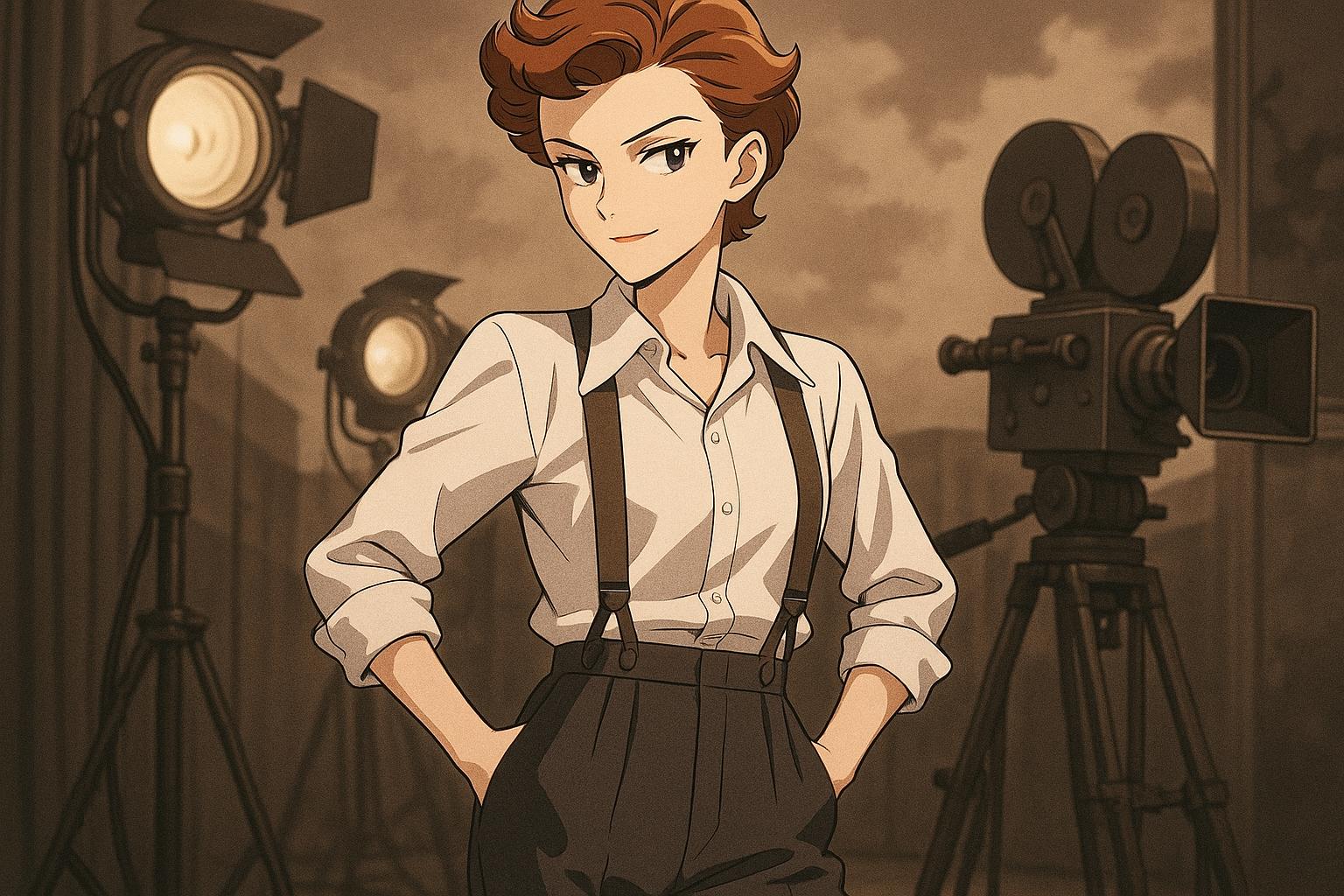Katharine Hepburn, a pioneering figure in American cinema, not only captivated audiences with her performances but also defied societal norms surrounding gender and identity. In a recently resurfaced interview from 1999 with journalist Katie Couric, Hepburn candidly expressed her complex feelings about her gender identity during childhood, revealing that she "hated being a girl" and preferred to identify as a boy named “Jimmy.” She recounted how, growing up with three brothers, she would often shave her head and don her siblings' clothes, reflecting an early rejection of traditional femininity.
Hepburn’s sentiments illustrate a formative period steeped in tomboyish behaviour. “I decided I wanted people to call me Jimmy,” she explained, emphasising her desire to break free from the constraints of gender expectations. This theme of gender nonconformity is interwoven throughout her life and career, resonating with contemporary discussions surrounding gender identity. She maintained that while Jimmy was an alter ego she created for others, her true self felt distinct from that persona.
This defiance against rigid gender norms can be traced throughout Hepburn's illustrious career. In her acting roles, she embodied strong, independent women who often challenged the conventions of her time. Notably, director George Cukor remarked on Hepburn’s unique screen presence, saying, "The audience had never seen a girl like that — she seemed to bark at them." This striking difference was a departure from the typical portrayals of women in Old Hollywood.
Throughout the 1930s, Hepburn persisted in wearing trousers at a time when women could indeed face arrest for such an act, as it was deemed “masquerading as a man.” Her assertiveness extended off-screen, too; in a memorable 1981 interview with Barbara Walters, she declared, "I have not lived as a woman. I have lived as a man... I’ve just done what I damn well wanted to.” These statements underscore her commitment to self-determination in a male-dominated society.
Moreover, her career choices often mirrored her personal ethos. In the 1935 film "Sylvia Scarlett," Hepburn played a female con artist who disguises herself as a boy to escape the authorities. This role, much like Hepburn's life, highlighted the themes of deception and subversion of gender roles. Such performances helped to pave the way for conversations about gender nonconformity and expression in Hollywood.
Hepburn's unconventional views extended into her later years as well. In a 1990 interview, she articulated the importance of recognising and appreciating the differences between men and women, stating, "Men and women are not alike in so many ways... our differences add so much to the flavour of life and experience." This insight demonstrates not only her awareness of gender dynamics but also her advocacy for the acceptance of those differences.
Hepburn’s legacy endures not only through her acclaimed performances—four Academy Awards for Best Actress over a six-decade career—but also through her fearless approach to gender expression. Her life serves as an early example of challenging societal norms, making her a significant figure in the ongoing discourse about gender identity.
As discussions about gender continue to evolve, Hepburn's revelations from her childhood and her lifelong defiance of traditional gender roles resonate with contemporary audiences. She remains a symbol of independence and courage, whose life and work encourage a deeper understanding of the complexities surrounding identity and expression.
Reference Map
- Paragraphs 1, 2, 3
- Paragraphs 2, 3, 4
- Paragraph 3, 4
- Paragraph 4
- Paragraph 3
- Paragraph 4
- Paragraphs 1, 2, 3, 4
Source: Noah Wire Services
